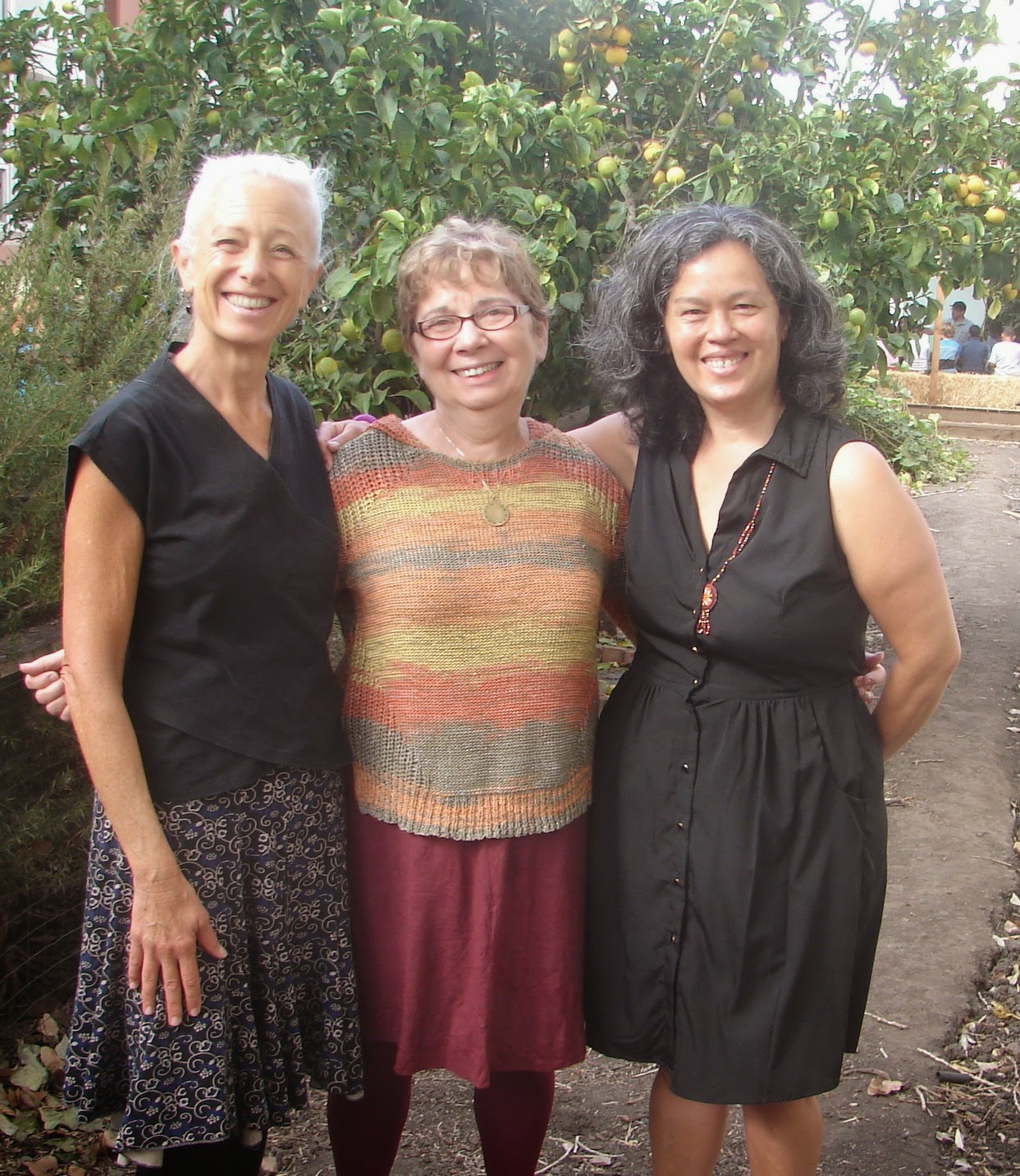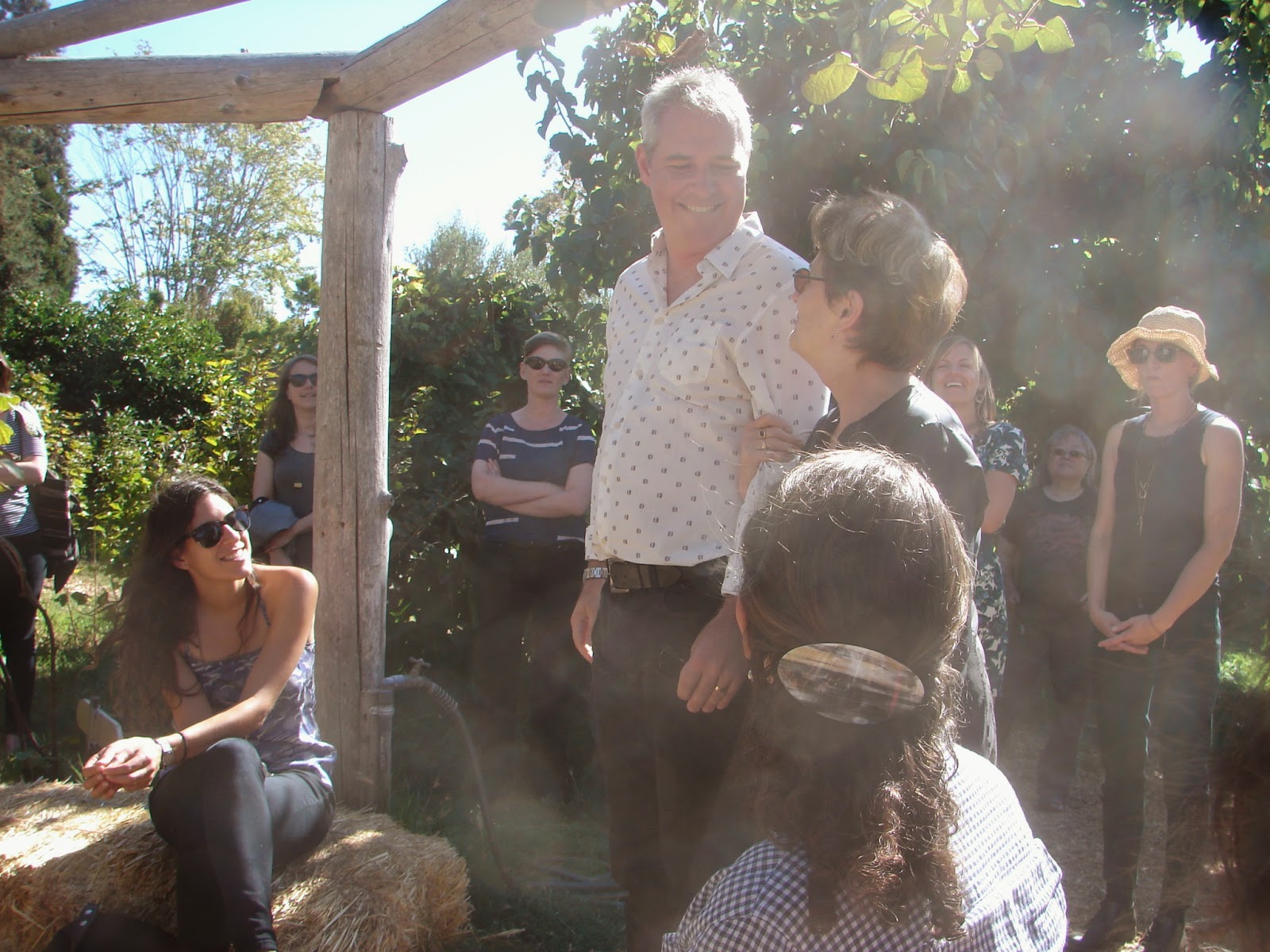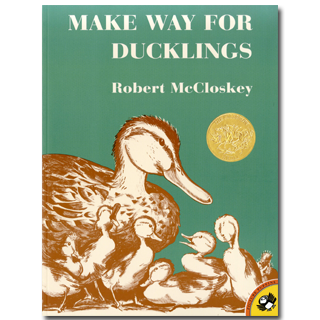Back from a wonderful week in California, I hardly know where to begin. Should I tell you about the wonderful food? Should I tell you about the book party at Edible Schoolyard? Should I tell you about the great kids at LeConte School?
Well, one can never go wrong starting with the kids. And LeConte School has great kids. We talked about writing about lives and how we look for stories when we want to tell about a person's life. And they had stories about grandparents and axe accidents, Moms and Dads who had adventures of all kinds. We also talked about how writers hardly ever write it right the first time. I always want kids to know that writers have to work at it. It's too easy to think if one is a writer, there's no effort. It just flows out of the pen. (!!) And we talked about saving memories in a journal or a memory box made out of a cereal box.
LeConte School has its own farmer, Farmer Ben, who brought in a bowl of LeConte figs to share. The LeConte school garden is one of the oldest school gardens in Berkeley. As you can see, they hold classes in the garden, and kids learn with Farmer Ben about growing and preparing good food.
 |
| Farmer Ben, who also did the drawings. |
 |
| (l to r)Becca Todd, District Lib. Coordinator, Berkeley Schools, me, Estella Cisneros, Librarian, LeConte School |
|
Of course I also want to share the Edible Schoolyard at the Martin Luther King Jr. Middle School in Berkeley. It is a wonderful spot, a sanctuary made of vegetables and fruit trees and flowers, where kids come to learn about planting and growing all kinds of food. There are even chickens!
While we were there, a volunteer who is a high-schooler came to work. He said he volunteered here because he loved this place when he was in middle school. And we loved it, too. Philip and June Lee of
Readers to Eaters and publishers of
Alice Waters and the trip to Delicious,
Anne Ylvisaker, Christy Hale,
Kathy Pryor and I wished we had had such a place attached to our middle schools.
It was the perfect place for a book party. What a treat to meet so many committed librarians, some of whom were located in the Bay Area, some of whom were in town for the ALSC conference taking place in Oakland. I was glad to see
Vaunda Micheaux Nelson, author of many books for kids, including
No Crystal Stair, sitting on a straw bale not far from me. And there were others--librarians who are also teaching kids about seeds and gardening and good food. And of course there was Alice Waters! After all the research, the reading, the writing, the revising, it was pure pleasure to see her in our circle of food and book lovers and hear her tell us of her firm belief that all kids deserve to eat good, healthy food and her work to make that belief a reality.
 |
| Richard McCarthy, Exec. Dir of Slow Food USA and Alice Waters |
 |
| l to r. Philip Lee, Alice Waters, June Jo Lee, Christy Hale, me, Kathy Pryor | | | |
There was more--a reading at the Berkeley Farmers' Market on Shattuck Avenue, two (!!) wonderful meals at
Chez Panisse.
It was an unforgettable week, for a person who loves good food, who loves books, and who loves talking about food, stories, and books. Thanks Philip and June Lee for arranging all of these events in Alice Waters' back yard. What better place to talk about delicious.
 |
| reading Alice Waters' story on her street |
 |
| dessert at Chez Panisse |
Now, for a little bit about flatbread, cooked and eaten right here in Iowa,
because some of you asked--
A little explanation for those who did not ask. This week I made a new bread--Moroccan Flatbread-- and took it to a gathering of writers. I promised to share the procedure. The recipe is from
Healthy Bread in Five Minutes a Day.
The link will connect you to the master recipe. Once you have the master recipe, you can store it in your refrigerator for up to two weeks. When you are ready to bake the flatbread cut off a piece about the size of a large apple. I let it sit on the cutting board for 20 minutes. Then I shaped it into a ball and rolled it out to 1/4-1/8 inch thick and spread with this mix: 1 tsp. cumin, 1tsp. paprika, tsp. turmuric, 1/2 tsp cayenne pepper, 2 T. olive oil. Roll up like a jelly roll. Then coil that roll, sort of like a snail shell. Let rest for 20 minutes. When ready to cook, roll out the bread to 1/4 inch thick. Heat a 12 inch cast iron frying pan, add 2 T. olive oil. When the oil is hot but not smoking put the flatbread into the pan. Cook for about two minutes on each side. Remove from pan and sprinkle kosher salt on the top.





























 This is one of those summers when it seems to help to remember Anita Silvey's story at the
This is one of those summers when it seems to help to remember Anita Silvey's story at the 












